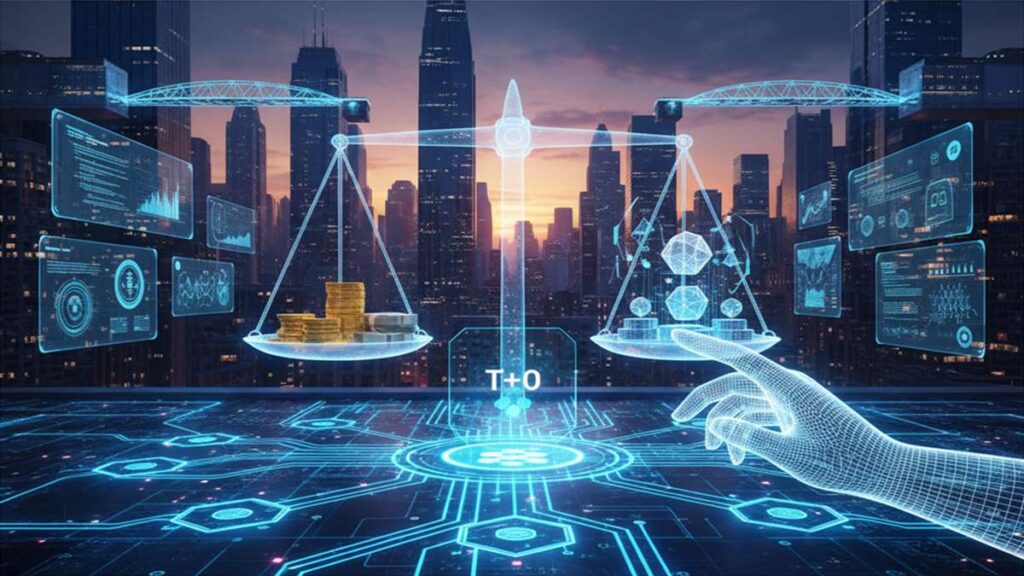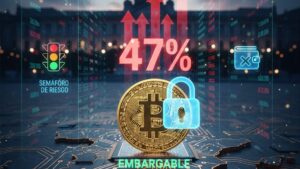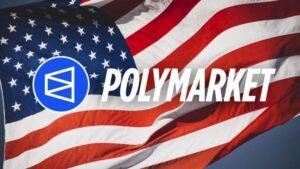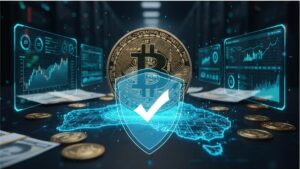TL,DR
- Ironlight obtained FINRA approval to operate an Alternative Trading System (ATS).
- It is the first regulated platform in the U.S. to use atomic settlement (DvP) directly on the blockchain.
- The ATS will support both traditional securities and tokenized securities, aiming for instant settlement (T+0).
The Financial Industry Regulatory Authority (FINRA) of the United States has granted key regulatory approval to Ironlight, an emerging digital markets infrastructure firm.
The green light allows Ironlight to operate its Alternative Trading System (ATS), signifying a milestone in the financial industry. This is the first regulated platform in the country that integrates atomic settlement of securities directly on the blockchain (on-chain).
This development represents a fundamental bridge between traditional finance (TradFi) and digital asset infrastructure, promising to transform post-trade efficiency and security in capital markets. The approval allows Ironlight to list assets spanning both traditional securities and the growing tokenized securities market.

The efficiency of atomic settlement (T+0)
The core of Ironlight’s innovation lies in its ATS with on-chain atomic settlement. Unlike legacy settlement systems, which operate on T+1 (one day after the transaction) or even T+2 cycles, atomic settlement, also known as Delivery versus Payment (DvP), executes instantly.
This mechanism ensures that the transfer of the asset and the payment occur simultaneously and indivisibly on the blockchain. This methodology virtually eliminates counterparty risk and frees up capital that would otherwise be locked during the settlement cycle, aiming for true T+0 settlement.
FINRA’s approval not only validates Ironlight’s business model but also legitimizes the use of blockchain technology within the strict U.S. regulatory framework.
By approving an ATS with on-chain atomic settlement, the regulator opens the door to greater institutional adoption. For institutional investors, this means access to a faster, more transparent, and secure market infrastructure, drastically reducing operational costs and reliance on intermediaries in the tokenized securities market.










